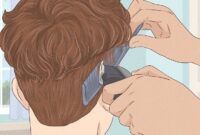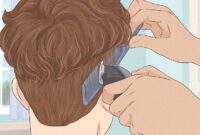How To Fix Damaged Curly Hair – smartesthairstyles.com – Unfortunately, curly hair is easily damaged by styling processes and harsh products. When your hair is damaged, sometimes it feels like your shiny locks are gone forever. If you suffer from dry hair and split ends, don’t despair. With a little care and patience, your damaged hair will soon be repaired so you can enjoy shiny, bouncy locks again.
- Restoring healthy hair
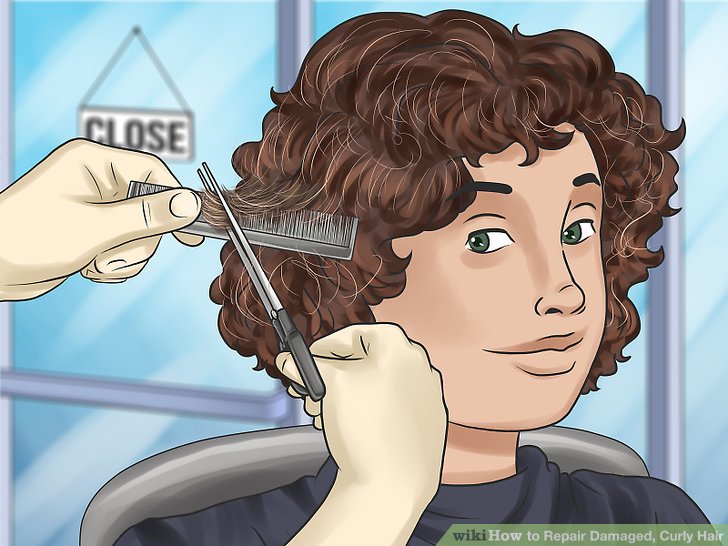
Get a cut. Split ends cannot be repaired, no matter what a product promises. In fact, split ends will continue to split up the hair shaft if left untrimmed. So the longer you leave them untrimmed, the more damage your hair will get.
Have a stylist trim the ends of your hair every six to eight weeks. If you absolutely cannot go to a stylist, use the sharpest scissors you have to snip off the ends. It’s best to ask for help if you need to do it at home.
Ask your stylist for a professional recommendation on how much trim you really need. If you’re concerned about losing length, let the stylist know that you want to keep as much hair as possible. Listen to their professional opinion. Stylists know hair and want you to look good.
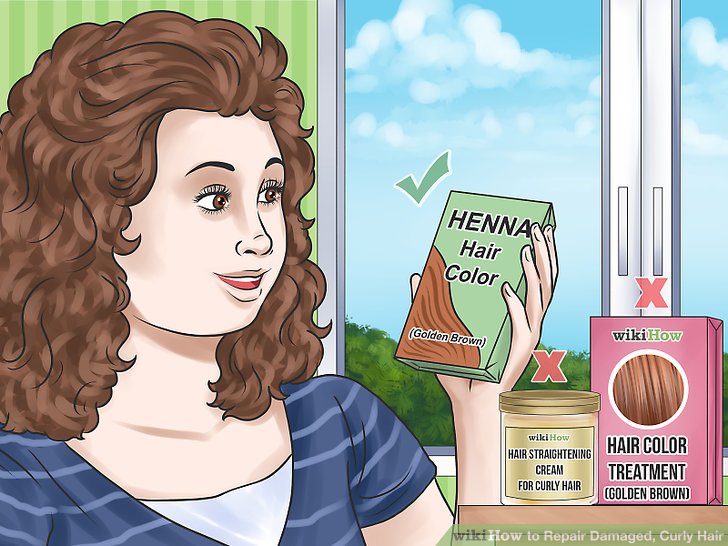
Take a chemical break. Chemicals cause damage, so give your hair time to recover by avoiding dyes and flat irons. While it may feel like a sacrifice now, even a brief break from chemicals can do wonders to speed up your hair’s repair progress.
If you’re used to having colored hair, there are ways to color your hair without chemicals. These natural treatments are less harsh on your hair. You can try henna for reds, indigos for dark hair, and citrus for lighter hair. If you decide to try these options, be sure to follow the product directions.
Try wearing your natural curls for a while.
If you hate the look of your hair and miss a flat iron, try styling your hair in braids or pigtails. You can also incorporate hats or hair wraps into your outfits.
If you’re unhappy with your natural texture, mix it up with some fun wigs from your local beauty store. Wigs allow you to experiment with a variety of styles, colors, cuts, and lengths.
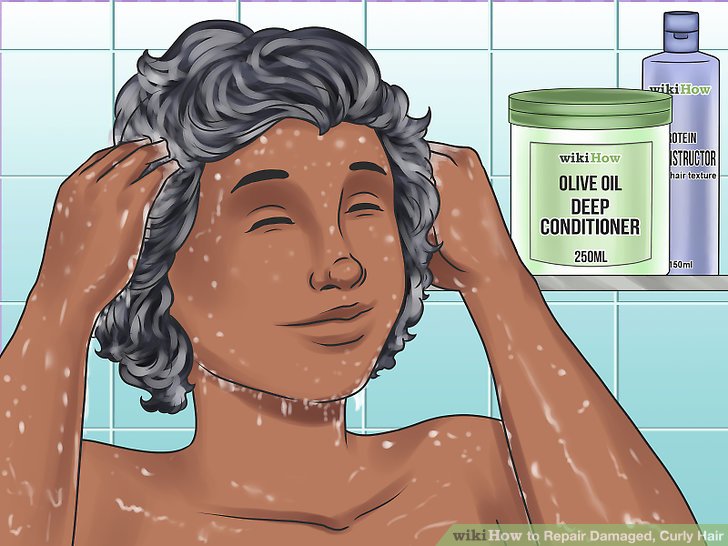
Use a deep conditioner. Restore and retain much-needed moisture to make your brittle hair feel soft again. After your hair is damaged, moisture is a necessity. You can find many deep washers on the market, but you may have just what you need in your kitchen cupboard.
Create your own deep conditioning treatments. Aloe vera, honey, coconut oil, olive oil, and shea butter are all great conditioners you may already have on hand. If you don’t, you can pick them up cheaply at your local grocery store.
Mayonnaise, avocados, and bananas also nourish your hair, so incorporate them into your moisturizer.
Try mixing two or three of the kitchen moisturizers together for an easy treat. For example, you could mix coconut oil, honey, and banana.
Apply the deep conditioner to damp hair and put a shower cap on your hair. Using a shower cap locks in moisture so your hair can absorb it better.
You can leave it on overnight or leave it on for 30 minutes to an hour.
Too many treatments overnight can make your hair limp. Once a week is the recommended frequency for best results.
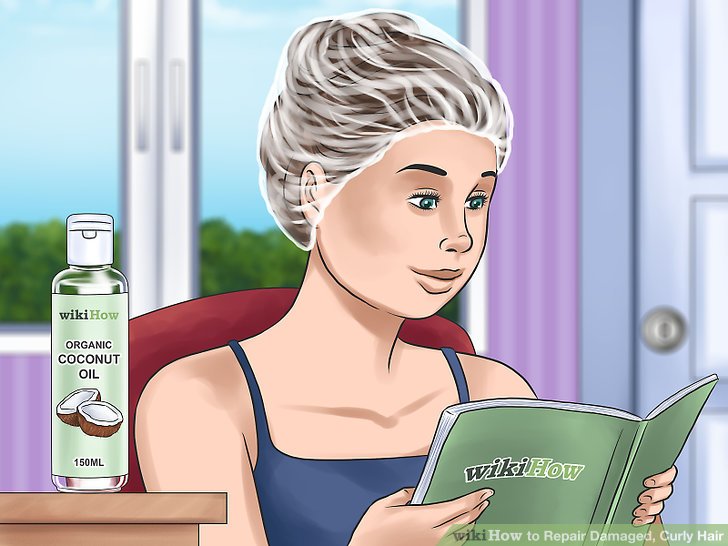
Do a hot oil treatment. While you can purchase hot oil treatments at your local beauty or drug store, you can also use oils like coconut oil to perform a hot oil treatment. In fact, coconut oil is a great oil to repair your damaged tresses.
Put your oil in a container. You may want to invest in an inexpensive squeeze container from your local beauty store, but a small mug, jar, or bowl will work.
Submerge the container in hot water to warm your oil.
Once your oil has become a warm liquid, apply it to your hair.
Cover your head with a shower cap. Tie a scarf or towel around your head to keep in the heat. You can also sit under a hooded dryer to add heat to your hair.
Don’t let your oil get too hot. Avoid microwaves and stoves.
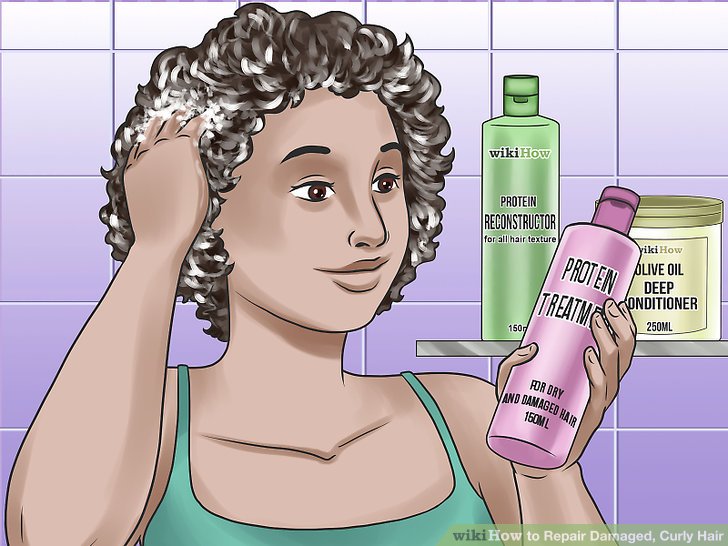
Use a protein treatment. Protein treatments improve the health of your hair by creating a barrier around your hair follicles and protecting the hair shaft, preventing additional damage. Proteins also repair temporarily damaged hair by filling in the frayed areas of your hair shaft.
Use a reconstructor if your hair is really damaged, but if your hair’s texture is improving, a deep penetrating treatment is a better choice.
Be careful not to overuse protein treatments; While they are great for repairing and protecting hair, they can also damage your hair if you use them too often. That’s because your hair is made of protein.
- Prevent further damage
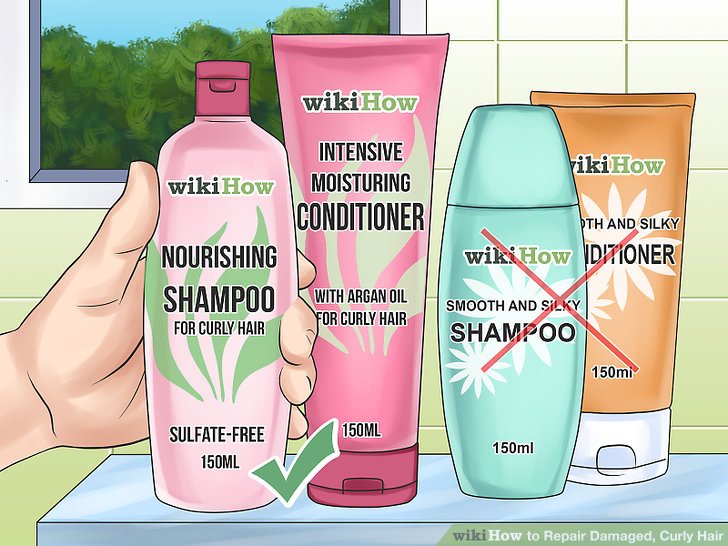
Replace your products. If you use products that contain harmful chemicals or aren’t formulated for curls, they can add to the damage to your hair. Consider switching to natural formulas designed specifically for curly hair.
Stay away from sulfates, which strip away your hair’s natural oils and lead to frizzy hair.
Look for products that moisturize.
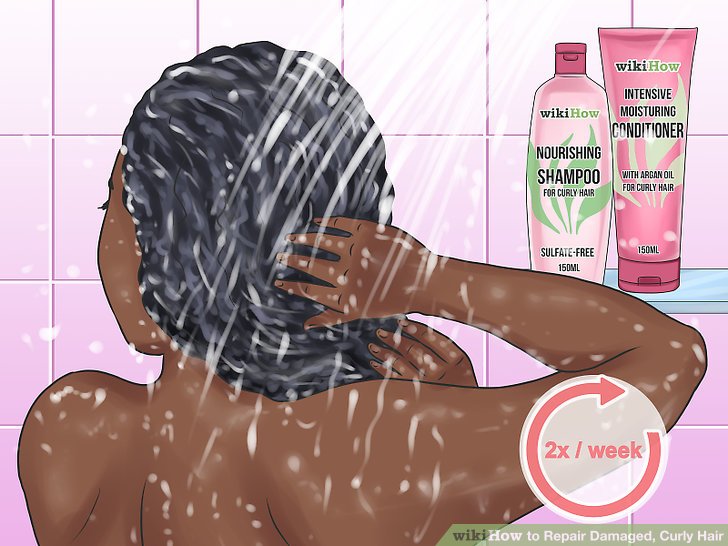
Wash your hair less. Hair needs to be washed every other day at most. You may want to limit shampooing to once or twice a week, especially if you have very dry hair. It’s okay to condition your hair more often, so you may find that you like to conditioner most days of the week.
Protect your hair from moisture by using a shower cap.
On non-shampoo wash days, dampen your hair and apply conditioner. Continue your shower as usual.
Alternatively, do not use any shampoo at all with the curly hair method.
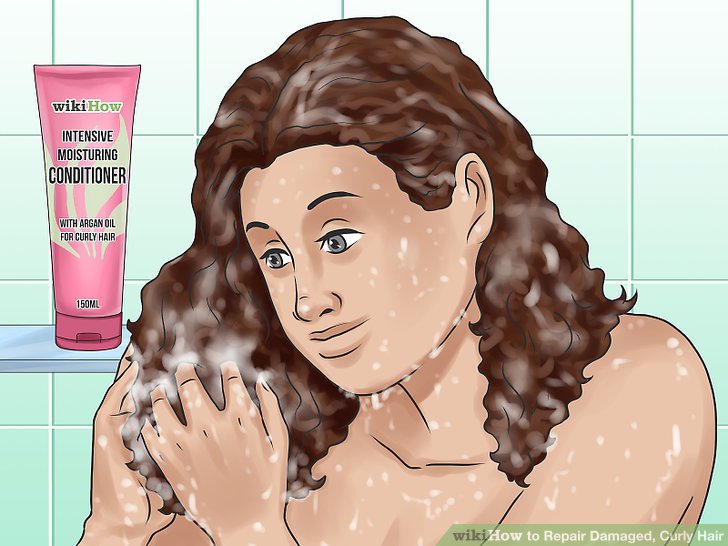
Use conditioners. People with curly hair should never skip a conditioner. Let your conditioner soak into your hair for at least three minutes. This is easily achieved if you apply conditioner to your hair at the start of the shower so it sits on your hair as you clean and shave.

Apply a leave-in conditioner. For best results, try one formulated for curly hair, but any leave-in will help condition your hair. Use your leave-in conditioner before using other products like curl creams or heat protectants.
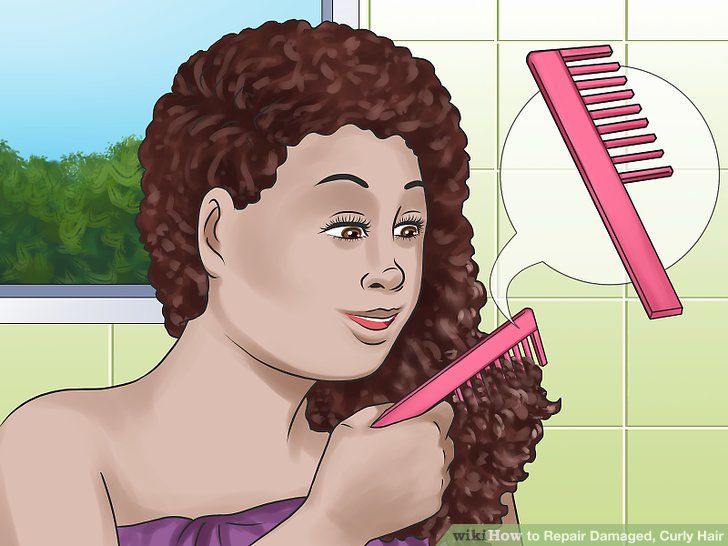
Use a wide-toothed comb. It’s best to detangle with your fingers first and then start combing the ends of your hair, working your way closer to the scalp. While it’s best to do this in the shower while the conditioner is on your hair, you can also use a leave-in conditioner as soon as you get out of the shower.
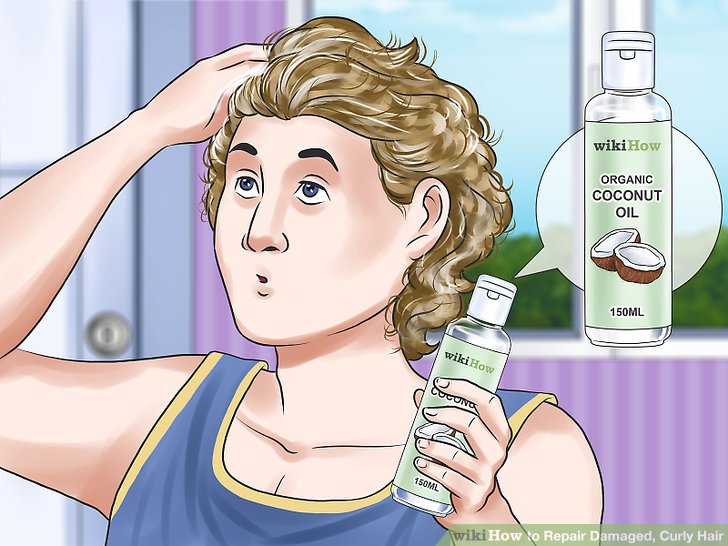
apply oil. Using oil as part of your regular hair routine is different than a hot oil treatment. To add oil to your routine, pour a dime size of room temperature oil into the palm of your hand and spread through your hair like a mousse.
You can use the oil on either damp or dry hair, depending on your hair texture and how often you wash it.
Oils help nourish and protect your hair, so applying oil to your hair will both repair the strands and help you prevent further damage.
Many popular brands offer their own blend of oils. While these are a great solution to help you avoid measuring oils or investing in multiple oils to create a blend, these products often contain other additives.
You don’t have to buy a hair product; Using simple oils is fine.
Coconut oil is a great option because it balances your hair. Many people cook with coconut oil, so you’ll find that it’s an economical option for you due to its multiple uses.
Argan oil is also a popular hair oil.
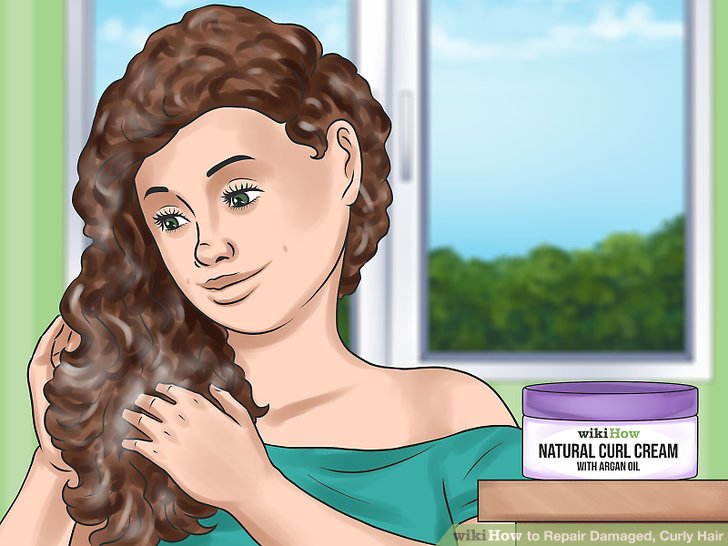
Use curl creams. Curl creams minimize frizz and straighten your curls. However, not all curl creams are created equal. Make sure you avoid sulfates and alcohols when choosing a curl cream.
Many people with curly hair find that mixing two or more creams or gels creates the best curl hold for their hair.
You can also mix oil with cream or gel to create your own curl holding options.
Remember that every hair is different, so it’s important to try different things and see what works best for you.
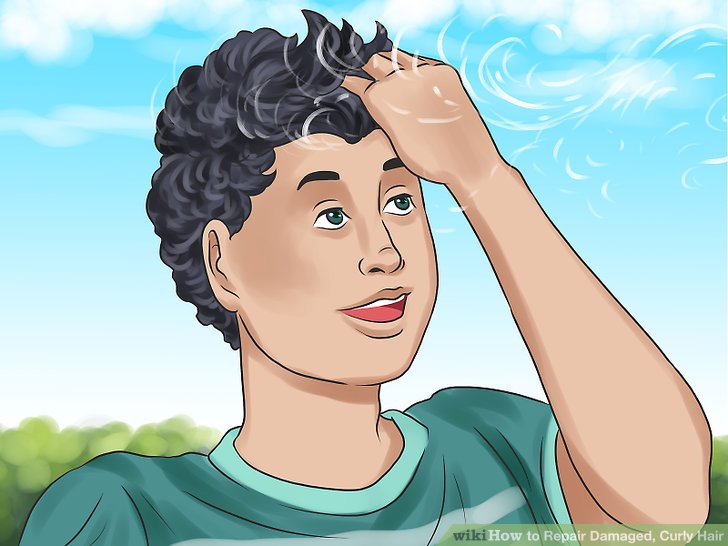
Allow the hair to air dry. Air drying has two advantages. First, it protects your hair from heat damage. Second, it allows your hair to dry into tighter curls with less flyaways, which means a better hair day. As a bonus, you’ll also save time styling your hair, making air drying a win-win-win.
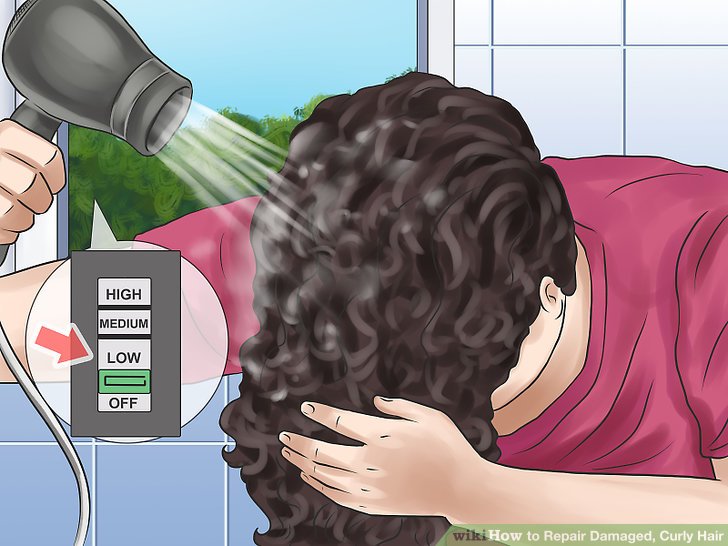
limit heat. Sometimes you might want to blow dry or straighten your hair, but always make sure to apply a heat protectant first. Minimal heat styling shouldn’t damage your hair when you’re otherwise grooming it; However, avoid using heat too often.

Stick to a chemical process. If you need to color or straighten your hair, choose one. Several chemical processes fry curly hair, so if you want nourished curls, you need to choose a process.
- Curly hair protection
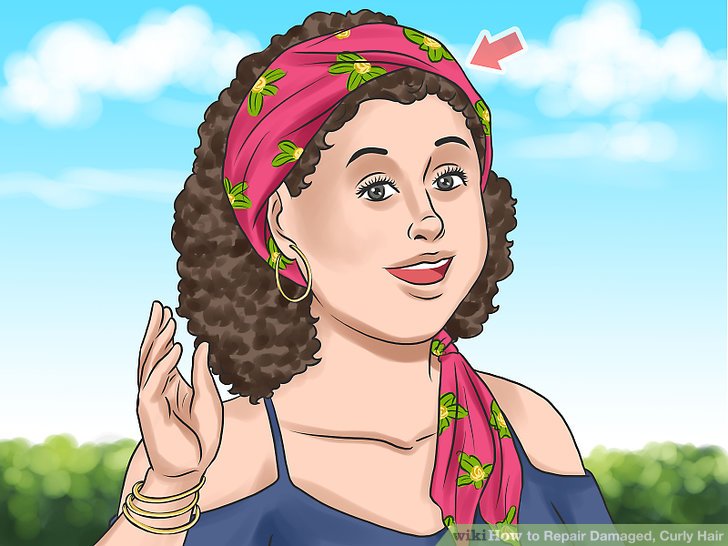
Use hair accessories without tangles. When styling, avoid accessories like ponytail holders, rubber bands, or bobby pins that can tangle the hair and cause more damage. Try soft headbands or fabric ties instead.
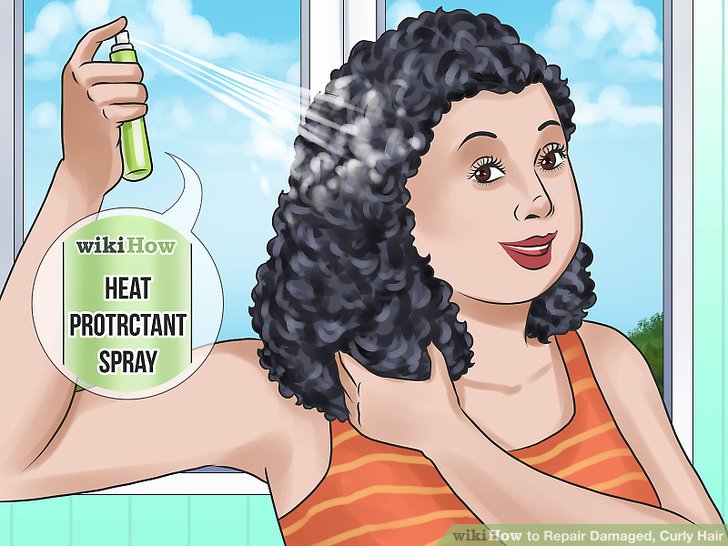
Protect your hair from heat styling. If you must use heat to get your desired style, limit the time you apply the heat and use heat protectant.
When heat styling, allow your hair to partially air dry. For example, you could let your hair dry halfway through while you get ready, and then use the blow dryer to finish drying it.
Make sure your hair is completely dry before using a straightener. Using a flat iron on wet or damp hair can singe your hair as the water evaporates.
If you heat style your hair, apply a heat protectant. This product is available in sprays or creams depending on what you choose. While silicones are typically bad for your hair, heat protectants containing silicones are actually better because they are so heat resistant, allowing them to better protect your hair.
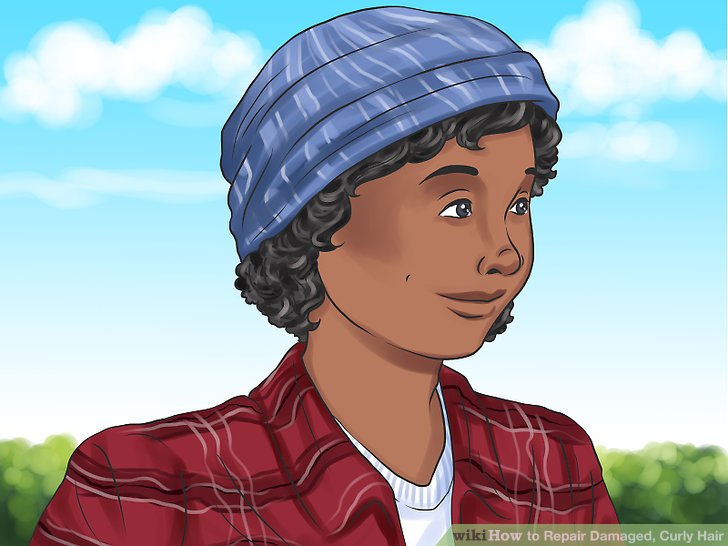
Protect your hair from the sun. When spending time outdoors, use a cute hat or hair wrap to shade your hair. If you can’t wear a hat, try a product that contains sunscreen.
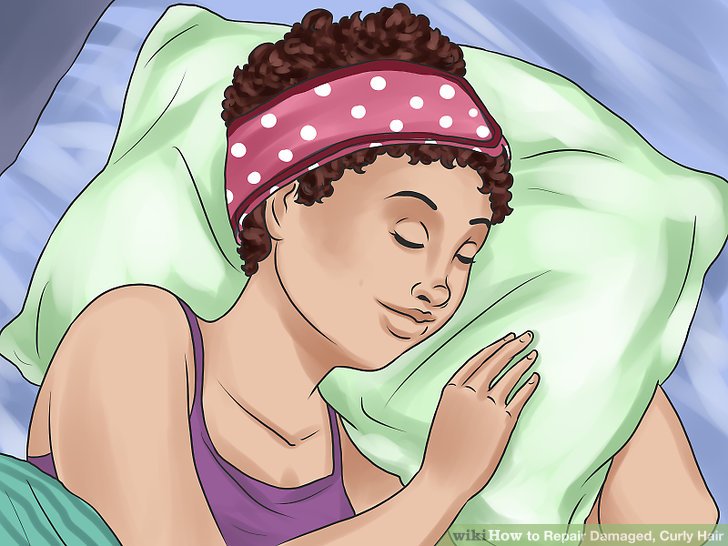
Secure your hair at night. Sleep in a satin hair wrap or on top of a satin pillowcase to minimize harmful friction. As a bonus, you look cute and avoid nodding your head in the morning.


